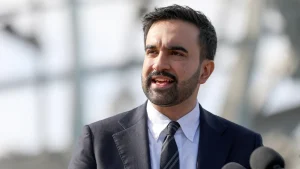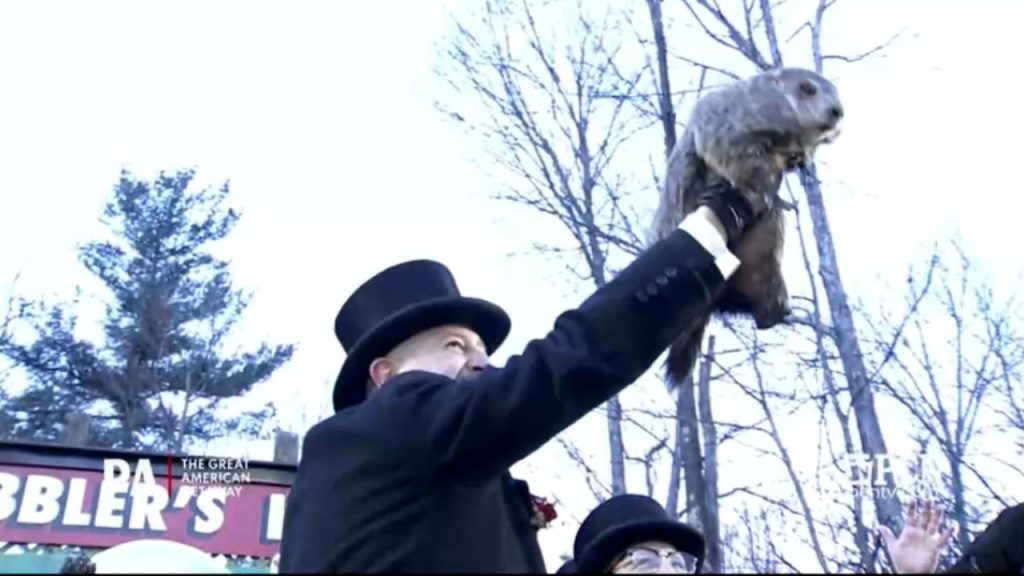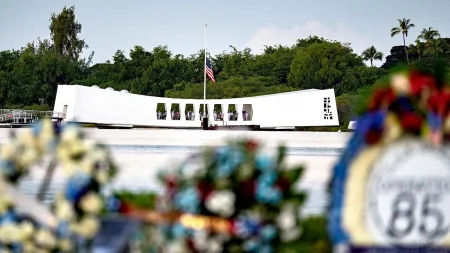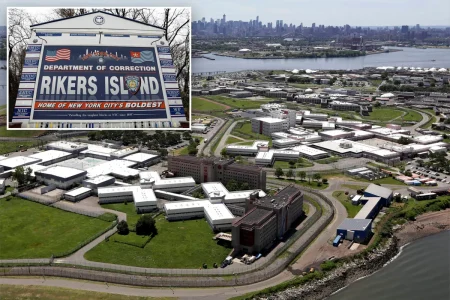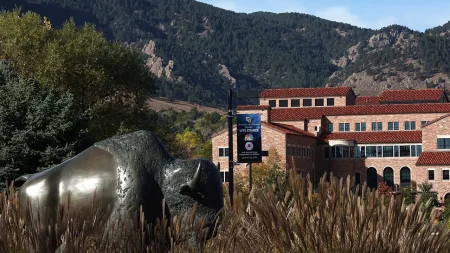The sleepy town of Punxsutawney, Pennsylvania, once again became the epicenter of weather forecasting folklore as Punxsutawney Phil, the celebrated groundhog meteorologist, emerged from his burrow on February 2nd, 2024, to deliver his annual prognostication. The 138th iteration of this time-honored tradition drew a jubilant crowd, braving the frigid 20-degree temperatures to witness the spectacle. Amidst a festive atmosphere of singing, dancing, live music, and fireworks, Phil made his grand appearance at 7:22 a.m., casting his shadow and thereby foretelling six more weeks of winter. This prediction, met with mixed reactions of groans and cheers, reinforced Phil’s enduring legacy as a quirky, yet beloved, symbol of American folk culture.
This year’s Groundhog Day celebration was marked by a notable clash between tradition and animal rights advocacy. People for the Ethical Treatment of Animals (PETA) renewed their calls to replace Phil with a vegan alternative, arguing that the groundhog’s participation in the event constituted exploitation. However, their appeals were met with staunch resistance from Pennsylvania Governor Josh Shapiro, who vociferously defended the tradition and Phil’s central role in it. Shapiro reaffirmed Phil’s status as the “official state meteorologist,” bestowed upon him last year, and playfully suggested making Groundhog Day an official state holiday. His unwavering support for Phil resonated with the crowd, underscoring the deep-rooted affection Pennsylvanians hold for the prognosticating groundhog.
The history of Groundhog Day is steeped in superstition and folklore, its origins tracing back to ancient European traditions. Brought to America by German immigrants, the practice of observing a groundhog’s behavior on Candlemas Day to predict the weather’s course took root in Pennsylvania, particularly among the Pennsylvania German communities. Over time, Punxsutawney Phil emerged as the most prominent groundhog prognosticator, his predictions gaining national attention and becoming an integral part of American culture. The tradition’s enduring popularity is further evidenced by the 1993 film “Groundhog Day,” starring Bill Murray, which has become a cultural touchstone.
Punxsutawney Phil’s prediction, while delivered with much fanfare, is not a solitary act. The actual prognostication is made by the Groundhog Club Inner Circle, a group of local dignitaries responsible for Phil’s care and the organization of the festivities. This group, cloaked in top hats and tails, consults with Phil before announcing his prediction to the eager crowd gathered at Gobbler’s Knob, a small hill near Punxsutawney. The elaborate ceremony, replete with rituals and pronouncements, adds to the mystique surrounding Phil and the Groundhog Day tradition.
While Punxsutawney serves as the focal point of Groundhog Day celebrations, the tradition extends beyond the town’s borders. Throughout Pennsylvania, especially in historically Pennsylvania German communities, “Grundsau Lodsch” or Groundhog Lodges hold their own observances, each with their local groundhog prognosticator. These localized celebrations demonstrate the widespread embrace of Groundhog Day within Pennsylvania, highlighting its cultural significance within the state. The tradition provides a sense of community and shared identity, bringing people together in a lighthearted celebration of folklore and anticipation of spring’s arrival.
Groundhog Day, regardless of the accuracy of Phil’s predictions, has become an ingrained part of American folklore, a whimsical tradition that offers a momentary respite from the winter doldrums. The annual event provides a platform for community gathering, a celebration of shared customs, and a playful reminder of the enduring power of folklore in contemporary society. While PETA’s concerns about animal welfare raise important ethical considerations, the passionate defense of the tradition by Governor Shapiro and the enthusiastic participation of the public underscore the deep-rooted cultural significance of Punxsutawney Phil and Groundhog Day. The tradition continues to capture the imagination of people across the country, a testament to its enduring appeal and its ability to bring a touch of lightheartedness to the often-bleak mid-winter season.
